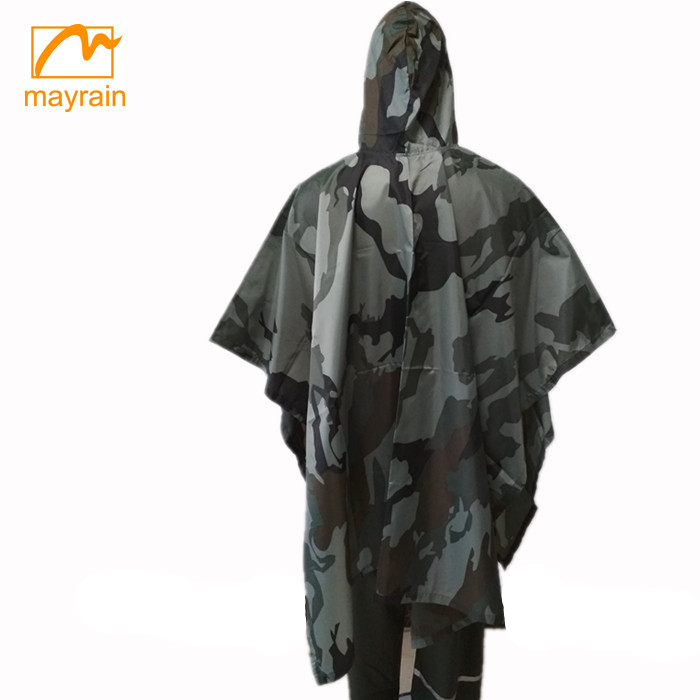 rainwears@163.com may@may-rain.com
rainwears@163.com may@may-rain.com Mon to Friday: 8.00 am - 7.00 pm
Mon to Friday: 8.00 am - 7.00 pm
non latex disposable gloves
The Rise of Non-Latex Disposable Gloves A Comprehensive Overview
In recent years, the use of disposable gloves has become increasingly prevalent across various industries, from healthcare to food service, and even in everyday household tasks. Among the different types of disposable gloves available, non-latex gloves have gained significant attention and popularity. This article explores the reasons for this surge in demand, the types of non-latex gloves available, their advantages, and their applications.
The Shift from Latex to Non-Latex
Traditionally, latex gloves were the go-to choice for medical professionals and others requiring disposable protection. However, around the 1990s, it became apparent that a significant portion of the population was allergic to latex. These allergies can cause reactions ranging from mild skin irritation to severe anaphylactic responses, making it imperative for many professionals to seek alternatives. As awareness of latex allergies increased, so did the demand for non-latex disposable gloves.
Types of Non-Latex Gloves
There are several types of non-latex gloves available in the market, each made from different materials
1. Nitrile Gloves These gloves are made from synthetic rubber and are known for their strength and puncture resistance. Nitrile gloves provide an excellent barrier against chemicals and are often used in medical and industrial settings. They are also latex-free, making them suitable for individuals with latex allergies.
2. Vinyl Gloves Vinyl gloves are made from polyvinyl chloride (PVC) and are a more economical option. While they offer less protection compared to nitrile gloves, they are still suitable for tasks that require minimal risk, such as food handling and cleaning.
3. Polyethylene Gloves These gloves are typically used in food service settings and offer a loose fit for quick and easy use. They are less durable but are often used for low-risk tasks like sandwich preparation or serving food.
4. Neoprene Gloves Neoprene is another synthetic rubber that offers good chemical resistance and durability. These gloves are frequently used in laboratory settings and other areas where chemical exposure is a concern.
Advantages of Non-Latex Disposable Gloves
The popularity of non-latex disposable gloves can be attributed to several key advantages
non latex disposable gloves

- Allergy-Free The most significant benefit of non-latex gloves is their suitability for individuals with latex allergies. They provide peace of mind for both the wearers and those they interact with, eliminating the risk of allergic reactions.
- Durability Non-latex gloves, particularly nitrile and neoprene options, offer excellent durability and puncture resistance. This is crucial in healthcare settings where protection against various pathogens is essential.
- Chemical Resistance Certain non-latex gloves are designed specifically to resist chemicals, making them ideal for industries such as healthcare, industrial cleaning, and laboratory work.
- Versatility Non-latex gloves are available in various sizes and thickness options, making them suitable for a wide range of applications, including medical examinations, food preparation, and janitorial services.
Applications of Non-Latex Gloves
Non-latex disposable gloves are used in a multitude of settings
- Healthcare In hospitals and clinics, non-latex gloves are essential for protecting healthcare workers and patients from infections. They are utilized for examinations, procedures, and routine tasks that require hygiene.
- Food Industry Non-latex gloves, particularly vinyl and polyethylene options, are commonly used in food preparation and handling to maintain hygiene and prevent contamination.
- Cleaning and Janitorial Services Workers in cleaning and maintenance roles often use non-latex gloves to protect their hands from harsh chemicals and irritants.
- Laboratories In scientific research, non-latex gloves are crucial for handling chemicals and biological materials safely.
Conclusion
The rise of non-latex disposable gloves marks a significant advancement in safety and hygiene across various sectors. With their allergy-free nature, durability, and versatility, non-latex gloves are poised to remain a staple in personal protective equipment. As industries continue to prioritize health and safety, the demand for high-quality non-latex gloves is expected to grow, ensuring that individuals can work confidently and safely in their respective fields.
-
Children's Fashion Waterproof Printed Raincoats | Kids Gear
NewsJul.31,2025
-
Silver Printed Women’s Jacket – Stylish, Lightweight & Trendy Outerwear
NewsJul.30,2025
-
Fashionable Design Long Raincoat Rain Poncho Waterproof Polyester
NewsJul.30,2025
-
High Lighting Reflective Rain Jacket Windbreaker Safety Jacket for Adult
NewsJul.29,2025
-
Disposable PE Rain Poncho - Lightweight, Waterproof, Easy to Carry
NewsJul.29,2025
-
Stylish Lady Coat Women Jacket – Trendy & Elegant Outerwear
NewsJul.29,2025































